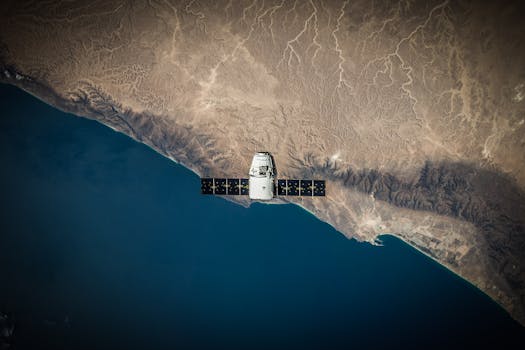
MEO Satellites: Understanding the Middle Earth Orbit Technology
MEO satellites, or Middle Earth Orbit satellites, are a type of satellite that operates in the middle earth orbit, which is approximately 2,000 to 36,000 kilometers above the Earth’s surface. This orbit is higher than the low earth orbit (LEO) and lower than the geostationary orbit (GEO). MEO satellites are used for a variety of applications, including navigation, communication, and Earth observation.
History of MEO Satellites
The first MEO satellite was launched in the 1970s, and since then, numerous satellites have been launched into this orbit. The development of MEO satellites was driven by the need for global coverage and high-speed data transfer. The middle earth orbit provides a unique combination of coverage and latency, making it ideal for applications that require real-time data transfer.
Applications of MEO Satellites
MEO satellites have a wide range of applications, including navigation, communication, and Earth observation. Navigation systems such as GPS and GLONASS use MEO satellites to provide location information and timing signals. Communication systems use MEO satellites to provide broadband internet and mobile phone coverage. Earth observation satellites use MEO satellites to study the Earth’s climate, weather patterns, and natural resources.
Advantages of MEO Satellites
MEO satellites have several advantages over other types of satellites. They provide global coverage, which means they can communicate with any point on the Earth’s surface. They also have a lower latency than GEO satellites, which means they can transfer data in real-time. Additionally, MEO satellites are less expensive to launch and operate than GEO satellites, making them a more cost-effective option for many applications.
Challenges Facing MEO Satellites
Despite the advantages of MEO satellites, there are several challenges facing this technology. One of the main challenges is interference from other satellites and terrestrial systems. MEO satellites operate in a crowded frequency band, which can lead to interference and signal degradation. Another challenge is the high cost of launching and operating MEO satellites. While MEO satellites are less expensive than GEO satellites, they are still a significant investment, and the cost of launch and operation can be a barrier to entry for many organizations.
Future of MEO Satellites
The future of MEO satellites looks promising, with several new constellations and systems being developed. One of the most significant developments is the launch of the O3b constellation, which provides high-speed internet coverage to remote and underserved communities. Another development is the launch of the OneWeb constellation, which aims to provide global broadband internet coverage. These developments demonstrate the growing demand for MEO satellites and the potential for this technology to provide global coverage and high-speed data transfer.




